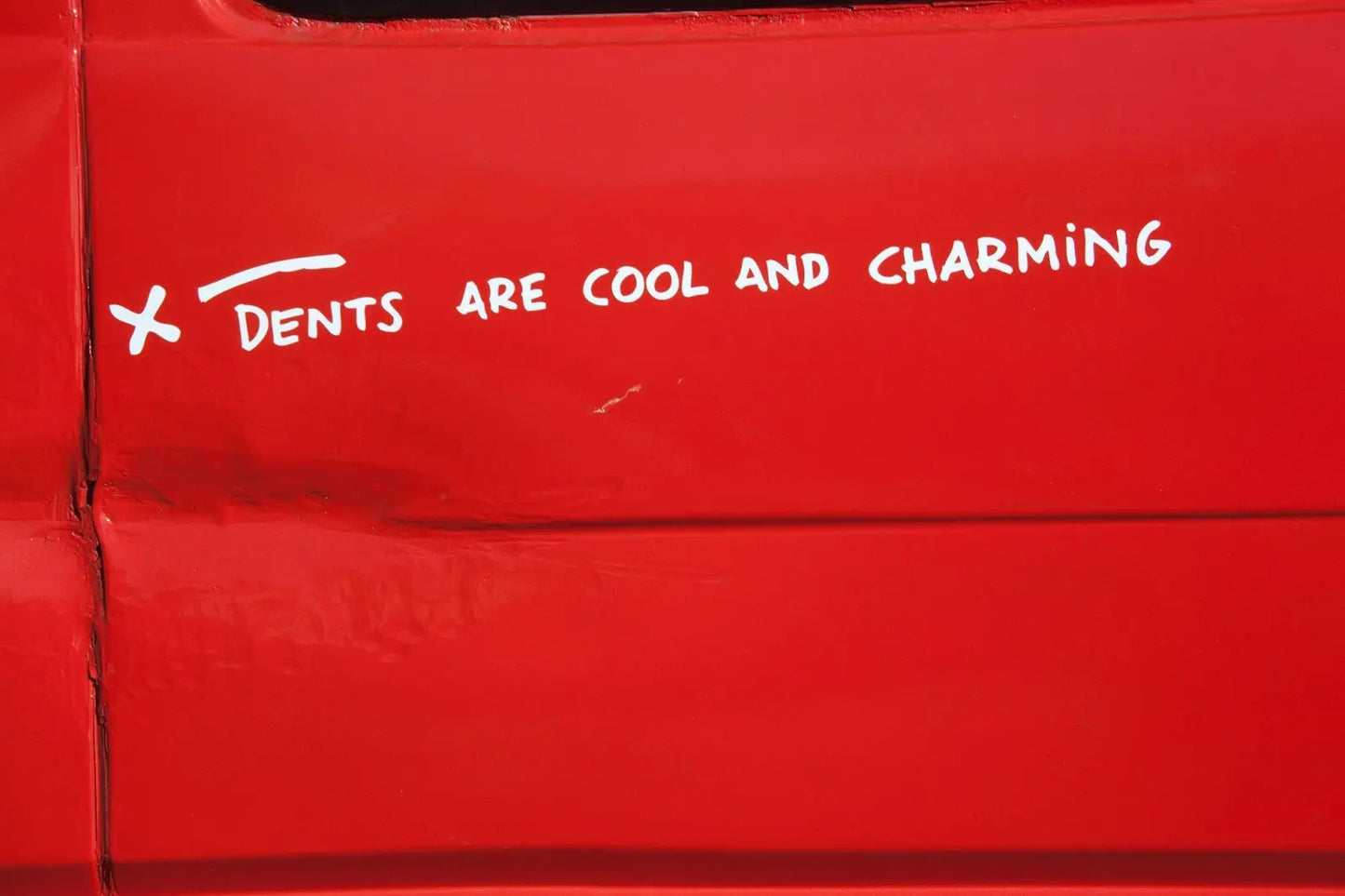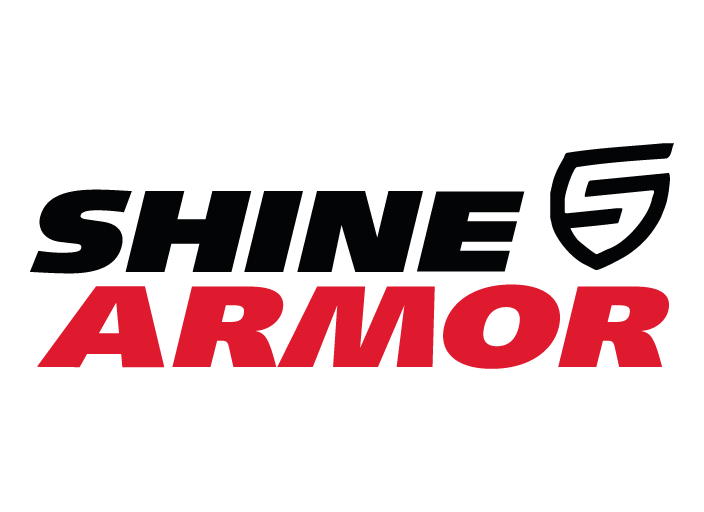
It’s always a sad day when looking at your car and realizing that you have a gnarly dent just hanging out. You’re not even sure where it came from, but you definitely don’t want it to stick around.
There are a number of options for how to fix it- You could take it into a shop, but you’ll get charged an arm and a leg.
Or you could try to fix it yourself with something called Paintless Dent Repair.
Paintless Dent Repair, or PDR, is a technique that has been in development by auto-body repair experts since the early 1990s.
But what exactly is it?
PDR is a practiced skill that allows someone to essentially pull or push a dent out of the body of a car without the need to repaint the damage.
If that sounds like magic to you, you aren’t far off. We’re going to be honest with you; it’s a pretty difficult skill to learn -- it isn’t as easy as snapping your fingers.
You may have seen videos of people sticking a bundle of melted hot glue-gun sticks to dents in their car and wildly pulling so that the dent gets yanked back into place.
While we definitely do not recommend attempting this, it’s actually not too different from actual PDR. But don’t get us wrong, there’s a lot more skill and intentional movements involved than just playing tug-o-war with a bundle of hot glue-gun sticks.
So let’s talk about Paintless Dent Repair and whether it’s something that you could consider for your situation. Read on to learn more in this article of shine armor blog!
Related car detailing products:
- Graphene Ceramic Spray
- Fortify Quick Coat
- Revive Car Scratch Remover
- Graphene Ceramic Nano Glass Coating
- Anti-Fog Hero
- Car Upholstery and Interior Cleaner
First Things First: Will PDR Work for Your Dent
Paintless Dent Removal is a pretty exciting technique when you see it in action, but as we said earlier, it isn’t a magical cure-all.
Before you decide to approach PDR, you should make sure it’s even possible to fix the dent you have in mind with this approach.
A few red flags to look out for would be:
Vehicles Older Than 1990
We love a vintage car, but unfortunately, they do have their drawbacks.
If you’re cruising around in a vehicle from 1990 or older, the odds are that PDR won't work for you because the paint quality at the time was significantly lower than it is today.
Because PDR involves occasionally using glue on the front side of a dent, you might end up ripping off a good chunk of that paint job along with the glue.
However, this obviously isn’t applicable if your car has recently had a new paint job, in which case you might be good to move forward.
Too Deep of a Dent
PDR is a technique for reasonable dents: not major damages.
Even if the dent is large but shallow, you might get away with it, but if the dent is too deep, you’ll more than likely end up cracking the paint alongside the edge of the dent.
Not to mention that the deeper the dent, the harder it’s going to be to get the metal to bounce back to its original shape.
So you might be able to get it looking…fine? But more than likely, you’ll botch your paint job and have a wonky-looking section on your car.
If you’re looking at a noticeably deep dent, definitely consider taking it to the professionals.
Dents in Awkward Places
Now, this isn’t necessarily a deal-breaker for PDR, but you might not be able to completely get the dent out if you can’t reach the back of the spot.
For instance, if the dent is on the top of the car, you might be out of luck. It’s hard to fix places you aren’t able to reach anywhere underneath to access.
This is because PDR combines pulling pressure from the front and pushing pressure from the back. So if you’re only able to pull but not push, you’re only able to do half the job you need to to get that imperfection out.
Granted, you could remove the body panels from your car and move forward with the PDR, and if that sounds like a reasonable amount of effort you’re willing to make, then more power to you!
Get the Dented Area Prepared
Alright, so you have the dent in your car in your sights. It’s not too deep, you can access the back, and you just recently painted your car, so you know the paint job will hold up.
Now you want to make sure and clean the area as much as you can.
Because you might be using glue on the paint side of the dent, be sure to wash your car with high-quality materials like Ultra Concentrated Car Wash Soap. Having an immaculately clean car will help the glue hold on tight and allow you to see all the details in the dent, so you know when you’re done.
Do Some Research and Get the Right Supplies
There are a few different tactics when it comes to Paintless Dent Repair.
As we’ve mentioned, some techniques involve gluing small attachments to the dent and pulling them out. Another method is using long rods to push the dent from the back in specific ways to ease the metal back into place.
What tools and methods will work best heavily depends on where the dent is and how noticeable it is.
Shop by category:
Glue PDR Kits
Remember when we said it was sort of like those videos of people sticking melted hot glue-gun sticks to their dent and pulling?
Well, that’s a pretty crass way of doing it, but actually very similar to the glue method of PDR.
Kits will offer glue guns and small attachments like little pads or grips. You glue the attachment to the dent and then, with unique tools, pull the attachment up and out of the dent, hopefully bringing the impacted car body with it.
This method is preferred for small dents that are not on design lines like the hard edge around most wheel wells.
Also, the pulling nature of the glue is optimal for dents that might be harder to reach on the backside, like in the middle of a door panel.
You will need to do some tapping work as well (working around the edge of the metal to repurpose the tension located in and around the dent).
You may want to watch instructional videos for input on tapping around the dent. It’s critical to visually understand what's happening in this process.
Tapping can be a bit precarious as you’re working with tools and hammers right next to your car. But if you have an accident and get a little scratch on your car’s body, have no fear -- Shine Armor is here.
Our Revive Scratch Repair product is the world's most powerful solution to scratches, swirls, and oxidation marks. It’s extremely easy to use and is long-lasting and durable. So you can feel confident that your ride is looking as clean as possible no matter what life throws at you.
Pushing Rod PDR Kits
Pushing rods are a more surgical approach to Paintless Dent Repair and require a bit more precision and skill.
However, the pushing rod’s benefit is that the long, curved rods allow you to access dents from the backside of the sheet metal.
With the capability to slip behind and push out, these rods are extremely handy for dents around the wheel wells and even on design lines.
However, we should note that while a rod PDR kit gives you much more precision than the glue kit, not to mention the ability to access hard-to-reach dents, they do have their drawbacks.
For one, most rod kits can be pretty expensive. You could spend anywhere between $100 and $2,000 for a kit, depending on what type and how many rods are included.
Additionally, we don’t describe these as the more “surgical” option lightly. There’s a lot of precision required when using these tools.
But that precision pays off when properly executed. When these rods are held in skilled hands, dents are no match. Combined with the tapping method, you could really make a dent completely disappear.
Pull and Push
Paintless Dent Repair is a fairly difficult skill to learn. You have to be able to really feel which way the dent is pulling and be able to carefully negotiate it back into its original shape.
But it isn’t impossible, and with the right tools and knowledge, you can sharpen this ability and be able to take care of dents in your car by yourself.
If you get particularly good at it, you might find your friends reaching out to ask if you can help with their cars!
At Shine Armor, we care deeply about how your car looks on the inside and out. Whether you’re pulling dents out or giving your sweet ride an extensive wash like the pros, we’ve got your back.





